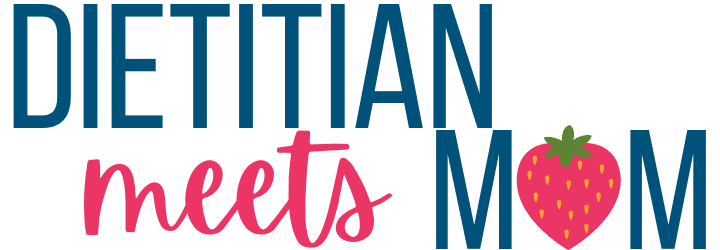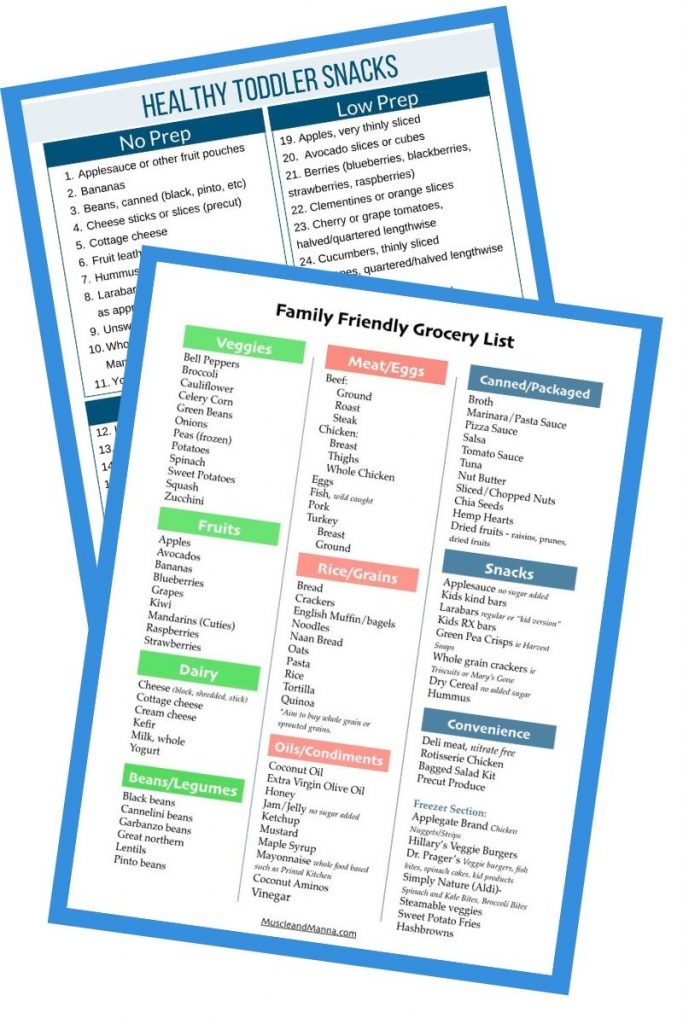Grocery Budget Tips for the Health Conscious
Do you have trouble following your grocery budget each month? The key to keeping your grocery budget in check really comes down to careful planning. Making a plan for your weekly meals and sticking to it will not only help you achieve a whole food lifestyle, but help keep your grocery budget in line. Buy good foods for your meals such as produce before you spend extra money on kale chips or chia seeds. If you have money left after your basic needs at meals are met, then you can absolutely restock those chia seeds (and add them in your overnight oats).
This post may contain affiliate links. If you click & make a purchase, I receive a commission! Read my full disclosure policy.
I have struggled with my grocery budget in the past, so I wanted to share my favorite grocery budget tips.
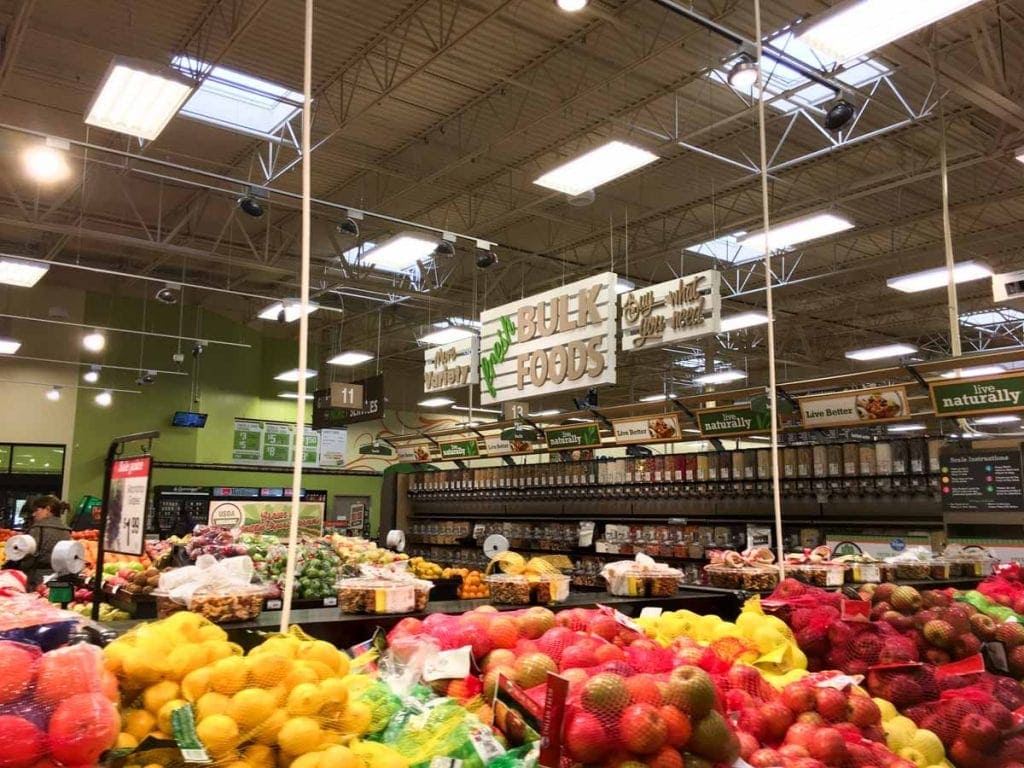
Use the Cash Envelope System for your Grocery Budget
One of the simplest ways to become more aware of how much you’re spending on groceries is to use the cash envelope system. When I started using cash to buy all of our groceries, I cut back on buying extras at the store. I also found that I became better at planning what we ate with what was on sale. For example, we usually buy our meat when it’s on a sale at Earth Fare or another healthy grocery store. If I run out of my stock and it’s not on sale, then I have to figure out other means. Honestly, we usually in this case eat vegetarian (or mostly so) until I’m able to buy more meat on sale. I prefer to have grass fed beef and if it’s not available, we usually just go without.
Since we both get paid bi-weekly, we follow a 2 week grocery budget cycle. I find that having the cash on hand helps me to stay accountable to our budget and mindful of what we have left. I used to use my debit card, and I would often be tempted to go over budget if we were running low by the second week. While we have always had restraint on material goods, I felt that good, healthy food shouldn’t be sacrificed. And honestly, I still feel this way, but having the cash in my wallet helps me to see what is available and only spend what I need to.
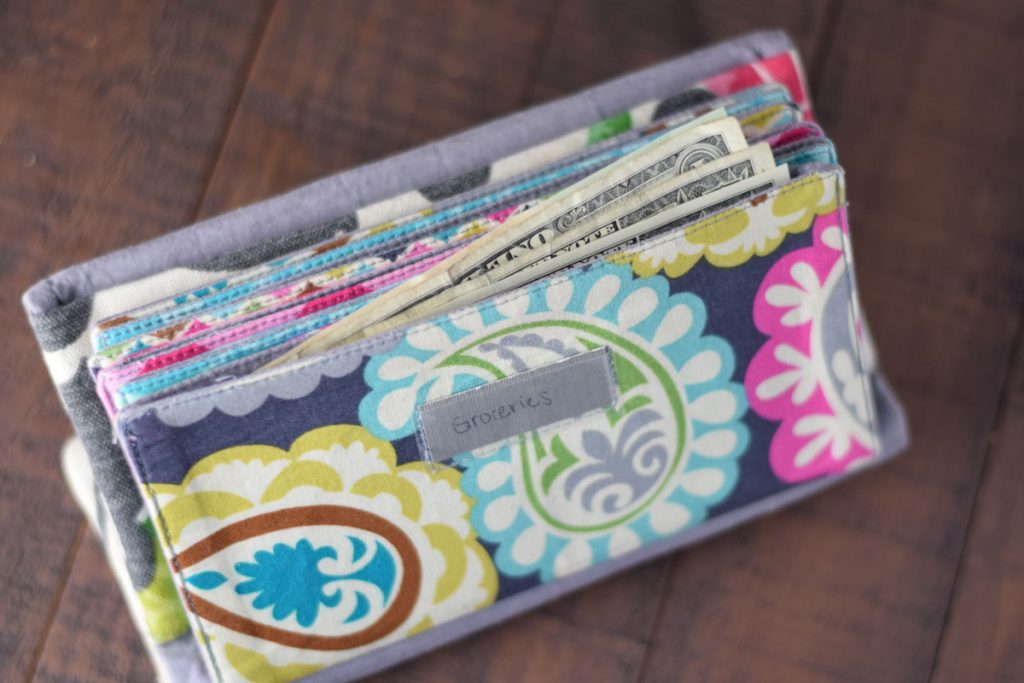
Add More Budget Friendly Meals
Working in even a couple more budget friendly options a week can make a huge difference! For example, when we are really trying to save we will have different dishes with beans several times in a week. Here are a few of my favorite options for cost-effective dinner meals:
- Mexican Black-Bean Chili from Cooking Light
- Black Bean Turkey Burgers from Budget Bytes
- Taco Salad with Black beans and other vegetables you already have on hand
- Breakfast for Dinner: Eggs, French Toast, and Green Smoothies (like Apple Cider Green Smoothies)
- Homemade omelettes stuffed with whatever veggies you already have on hand.
Actually, beans and eggs in various dishes as protein sources help to create really budget friendly meals.
Adjust Your Budget
I think the key aspect I was missing to budgeting for years was that some months groceries just end up costing us more. Perhaps we have more company or visitors, or maybe we needed to stock our freezer. Other months, we end up drawing more from our stock pile and find that we don’t need as much. The important thing to remember is to review your budget and adjust for life. The better I’ve got at anticipating these changes, the closer I’ve been able to stay within our grocery budget.
Have a Cushion for Stock Items
I’ve definitely been known to run myself out of grocery money stocking up on sale items that we frequently use. And I think this a good way to save money over all. I want to be able to do this when I can. My best suggestion is to build in an extra stockpile of grocery money to help account for this. I keep a little extra cash on hand for miscellaneous expenses. That way, I can still take advantage of sales or other unanticipated purchases without breaking the budget overall.
Prioritize your Food Choices
You may not have the grocery budget to buy the kind of food you wish you could. And that’s okay, you can eat healthy on a tight budget if you prioritize your nutritional goals.
One way to prioritize is to write your grocery list with the healthiest foods or most necessary foods (for your meal plans) on top. When you go to the grocery store, get these foods first and add up the cost on your calculator as you shop. Say, for example, you have a grocery budget of $100. Open your calculator app and type in 100. Each time you pick up an item, look at the cost and subtract that from the total. When you start getting closer to 0 you have the choice to either stop buying from your list, or put something back and exchange it for something else. If you already prioritized your list then you shouldn’t have to make any exchanges because you’ll know you got the most important items first.
Another way to prioritize is using the dirty dozen list to help you decide when to purchase organic. The dirty dozen is simply a list of the 12 foods likely to contain the most pesticides. Conversely, use the clean fifteen list as a benchmark to determine which foods are likely to be okay to purchase conventionally.
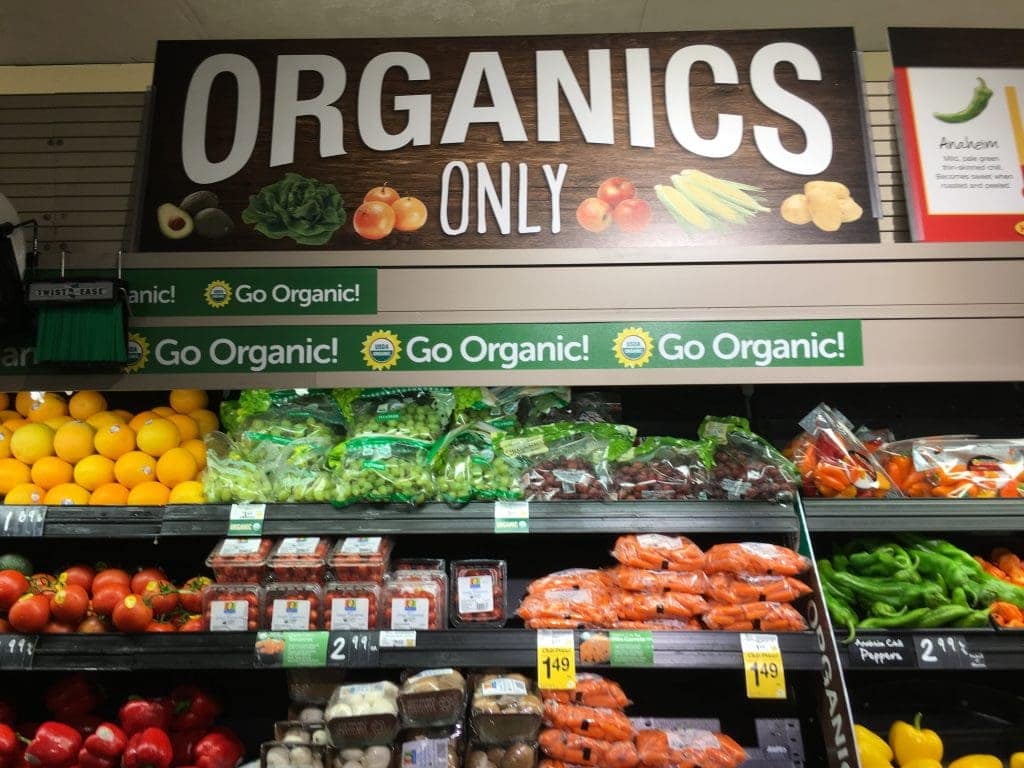
FREE Toddler Snack Printable & Grocery List
Simplify feeding your toddler with these free guides. Sign up for my email newsletter below.
